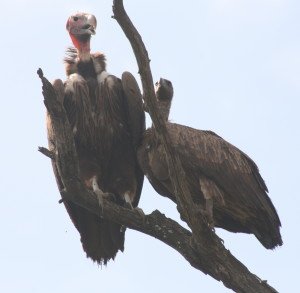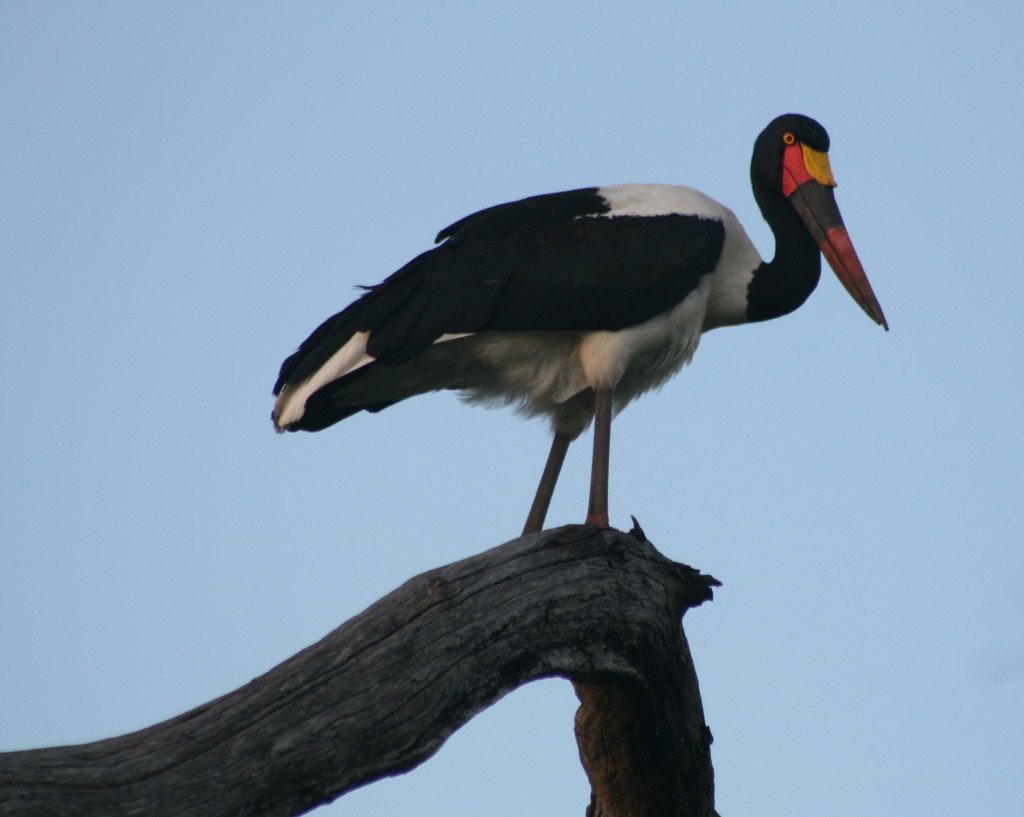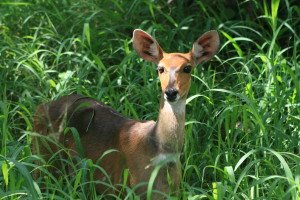Theunis de Bruyn’s selection for the Proteas is no surprise 0
There will be a new cap in the Standard Bank Proteas squad for their three-Test series against Sri Lanka starting on Boxing Day, but the selection of Theunis de Bruyn is hardly a surprise given the 24-year-old’s amazing first three years of his franchise career.
Having scored over 500 runs for the Titans in his first two seasons of Sunfoil Series cricket, De Bruyn has continued to make progress after a move to the Knights, having already made 423 runs at an average of 60.42 in eight innings this season. He has also enjoyed a couple of prolific limited-overs campaigns, in both 50 and 20-over cricket, to suggest he is a batsman for all formats.
De Bruyn’s first-class haul of over 2500 runs at an average of 48.73 includes six centuries and an unbeaten double-hundred for SA A against the England Lions. The tall, elegant right-hander has in fact scored two centuries and two half-centuries in seven innings for SA A, another reason why his promotion to the Proteas squad was considered almost certain.
“Theunis is a good talent and has done well for both his franchise and SA A and is next in the pecking order. It’s good to get him into the set-up because we definitely see him as a future star for the Proteas, playing in all the formats,” convenor of selectors Linda Zondi said.
While the promotion of a new, young batting star to the national squad is always exciting, there will also be a tang of regret for Rilee Rossouw, who toured Australia but has now suffered yet another inopportune injury, another foot problem ruling him out of contention.
“Obviously we aren’t pleased with Rilee’s injury because he was the next batsman in line, and Stiaan van Zyl would probably also have been in line had he not signed a Kolpak deal. It’s obviously very disappointing for Rilee, I spoke to him in Australia and he really wants to do well for South Africa and was very happy with the way we backed him in the ODIs. He’s obviously an exceptional player and he will still do well in the future for South Africa and contribute immensely going forward because it’s still a long season ahead and he’s definitely still in our plans,” Zondi said.
Rossouw did not play in any of the Tests in Australia and was very much the reserve batsman on tour, and that is probably going to be De Bruyn’s role during the three Tests against Sri Lanka in Port Elizabeth, Cape Town and Johannesburg. But with AB de Villiers already ruled out and captain Faf du Plessis potentially facing a ban from his ball-tampering appeal on Monday, the Knights captain will be preparing as hard as anyone in the camp.
And that’s the positive – whether he plays or not, De Bruyn will learn plenty about the skills and mindset required at full international level.
“Even if Theunis doesn’t make the starting XI, he’s going to gain more experience and fitting into those surroundings and the culture of the team will only enhance his belief that he will be able to fit in at international level,” Zondi said.
The squad for the Sri Lanka series also features a recall for left-arm fast bowler and useful batsman Wayne Parnell, who has been in top-class form for the Cape Cobras this season. He is averaging over 30 with the bat in T20 cricket and less than 20 with the ball, at a brilliant economy rate of 6.7.
A replacement for the injured Morne Morkel and Dale Steyn, he could play a part in the Wanderers Test if the Proteas decide to go with four pacemen and let JP Duminy take the spinner’s job.
“Wayne strengthens the depth and therefore makes it a better squad. He’s an exciting cricketer with the left-arm variation he brings and he adds to our depth in batting. We’ve been hoping he would stay injury-free and dominate at franchise level, and we’ve seen that with his batting and bowling,” Zondi said.
Being on home soil, just a 13-man squad has been chosen and the starting XI pretty much selects itself after the dazzling success in Australia.
Stephen Cook, son of the legendary Jimmy, and Dean Elgar will continue as the opening batsmen taking the shine off the ball, with Hashim Amla, Duminy, Du Plessis or De Bruyn, Temba Bavuma and wiucketkeeper/batsman Quinton de Kock to follow. The bowlers will be Vernon Philander, Kagiso Rabada, Keshav Maharaj or Parnell, and Kyle Abbott.
The likes of fast bowler Hardus Viljoen and Van Zyl would have stood a decent chance of making the squad, were it not for their decision to sign Kolpak contracts for English county cricket. Although disappointed that two fine cricketers are no longer eligible for selection, Zondi said he is content there is still more than enough talent in South Africa for the Proteas to build on their recent success.
“We can’t compete with the pound and it hurts to lose quality players, but we do have depth. So I’m comfortable but not happy. Upon signing a Kolpak deal, these players make themselves unavailable, otherwise someone like Stiaan van Zyl probably would have been next in line in the batting queue,” Zondi said.
Sadly, there are going to be more high-profile South African cricketers signing Kolpak deals in the near future.
It has now been confirmed that Du Plessis will once again guide the Proteas as captain and he said he is grateful for his long-time friend De Villiers’ decision to step aside in the interests of the team.
“It just shows you the person that AB is, that he always puts the team first, and it also shows how strong the culture of the side is.
“Test cricket is for me the most enjoyable time to be a captain because you have to work on plans for a long period of time. You have to strategise on how you’re going to make sure you’re going to get guys out and continue to challenge guys over a long time.
“To finally have it now‚ as something that is set in stone‚ is a huge honour and I’ll be taking it very seriously. I’ll try and make sure that the stuff that we’ve been working on for the past six months to a year‚ that we don’t let those standards drop. If I keep pushing the guys to make sure we hit those standards, we’ll be a consistent team,” Du Plessis said.
If the Standard Bank Proteas show the same team unity and focus on executing their basics to perfection, then their fans at home can look forward to more stellar performances against the Sri Lankans.




